WING DESIGN
Winning 2nd and 3rd at the GWA Cape Verde Wave event with Benoit Carpentier and Zane Schweitzer on one hand, then achieving 20 minutes of flatwater pumping with Steven VanBroekhoven on the other, the Glider is a favourite with our team for their efficiency and versatility.
For 2024, we wanted to improve the top end speed a touch and add more maneuverability without losing any of the low end power or the sheer efficiency that made the Glider series famous.
To achieve this, the front view went from flat to a very gentle moustache shape.
A gentle moustache front view has a shallow mono-concave in the centre section and gently raising wing tips. The mono-concave boosts take-off power while the gently raising wing tips allow the tips to breach the surface seamlessly without ventilation: you won’t even feel the wing tips have breached the surface, letting you maintain total control.
We’ve also thinned the wing tips to reduce drag generated from tip-vortices and to reduce the pressure difference between the upper and lower surfaces, enabling that magical seamless tip-breaching effect. Thinner tips also improve maneuverability when the tips travels at higher speeds than the centre section.
The Glider 2 1700 includes the above upgrades plus a much higher aspect ratio, greatly boosting its overall efficiency when compared to the Glider 1 1700 it replaces.
A new Glider 2000 is now also available – an incredible machine that Steven VanBroekhoven used to achieve a pump-foiling time of 20 minutes.
Note: when wing foiling with the Glider 2000 and 1700, because of the massive lift they generate, a 3˚ mast angle spacer is highly recommended.
WHAT MAKES IT SO STIFF?

The cross section of the front wing male ferrule is 55% thicker compared to the original Quick Lock: less twist = more control.
The tail wing section and the mast slot is the same as on the original Quick Lock fuselage, so masts and tail wings are cross-compatible.

The new Lock-Slot on the top adds an an extra mechanical locking point.

The new octagonal shape of the male ferrule, with flat sides and sharp corners, maximizes the interlocking surface areas.



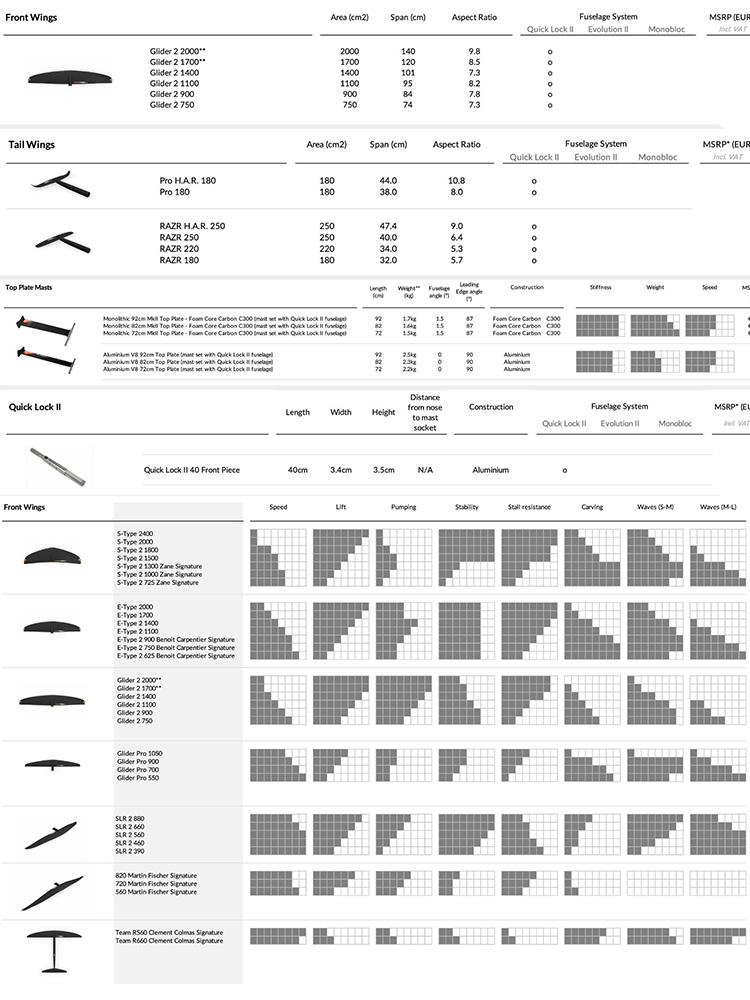
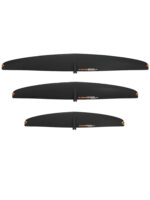



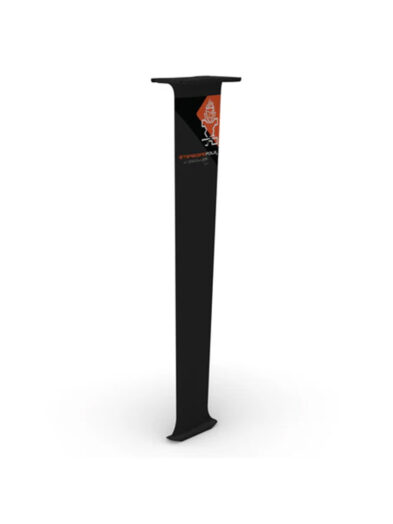
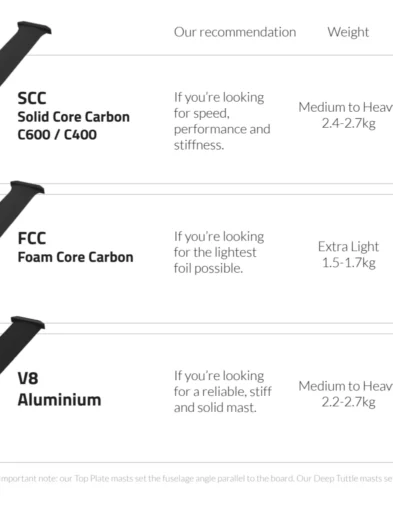

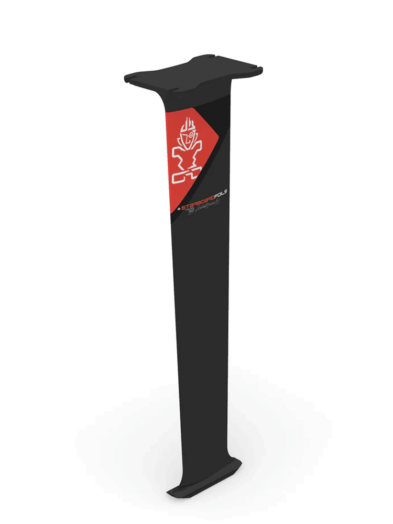
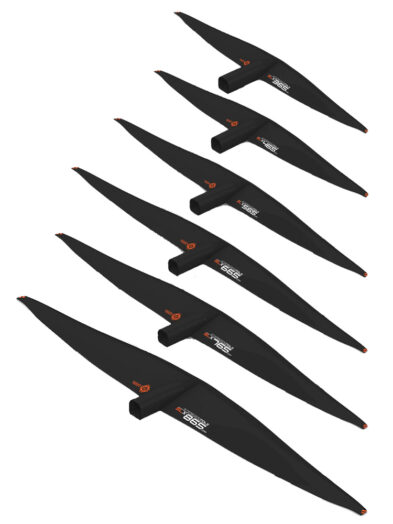

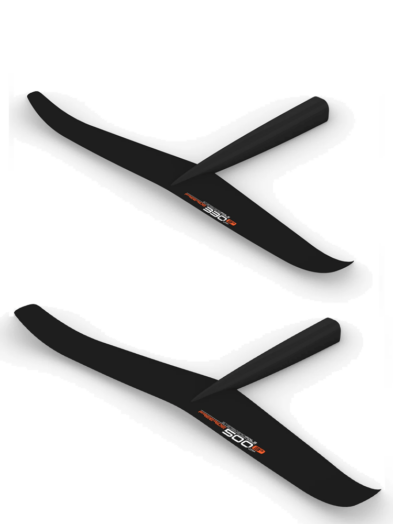
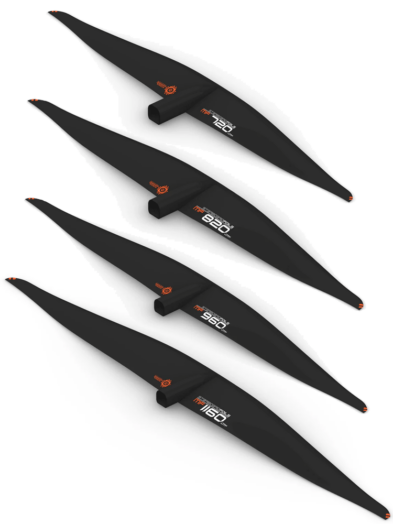




Reviews
There are no reviews yet.